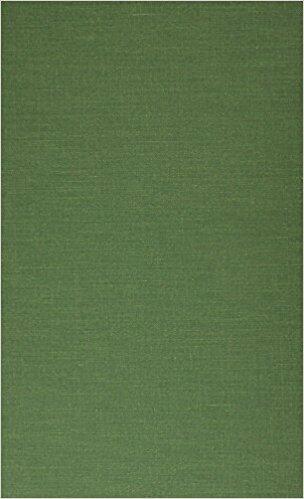The Chinese Economy, 1870–1949
Explains through descriptive analysis why the economy of China did not grow more dramatically during the Ch’ing and Republican periods
Description
The Chinese Economy reproduces two chapters on China’s economy originally published in The Cambridge History of China, vols. 11 (1980) and 12 (1983). These texts were written in the late 1970s, and reflect the state of the published literature on late imperial China and the republican era before the time that research in Ch’ing and republican archives in the People’s Republic of China was possible for foreign (and most Chinese) scholars. As such, they provide an overview of what China scholars knew on the eve of the opportunities that were to come in the post-1980 “open door” era.In part I, Albert Feuerwerker describes agriculture, the handicraft industry, modern industry, trade and commerce, and the fiscal system of China between 1870 and 1911. Slowly and on a very small scale, the Chinese economy began to change in the second half of the nineteenth century. Yet the changes were not dramatic and did not alter the economy’s capacity to grow. The Chinese economy had already reached the limits of development possible with the technology at its disposal, and very little new technology was imported or adopted before 1911. In part II, treating 1912 to 1949, Feuerwerker covers aspects of the economy including population, national income, industry, agriculture, transport, the fiscal system, and foreign trade and investment. In these years, the Chinese economy did not occupy center stage in the unfolding of the drama of Chinese history. The years prior to 1949 saw no “take-off” towards sustiained growth of aggregate output and the possibility of increased individual welfare that might accompany it.
Albert Feuerwerker was a historian of modern China and a longtime faculty member of the University of Michigan, where he was instrumental in the establishment of the Center for Chinese Studies.

